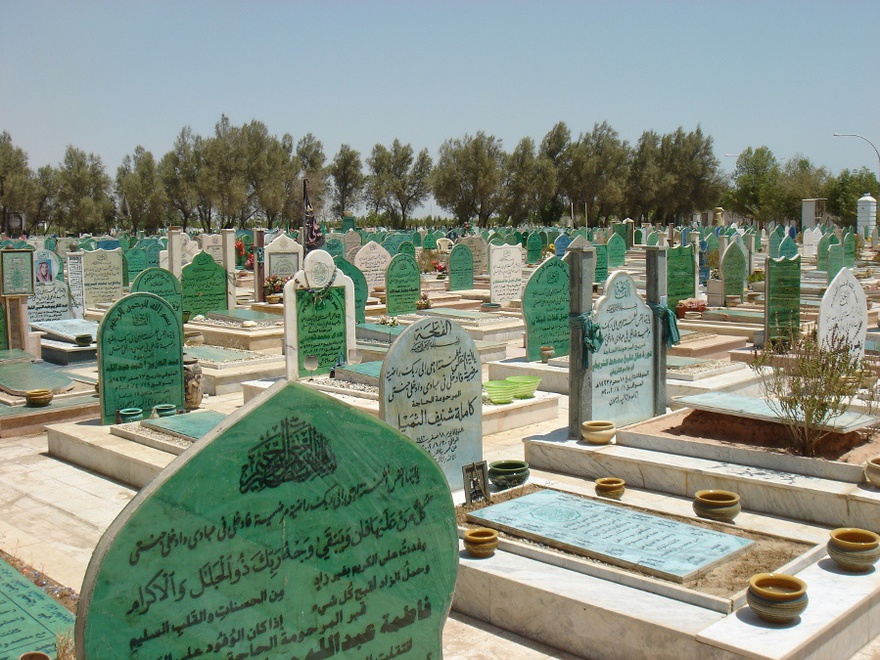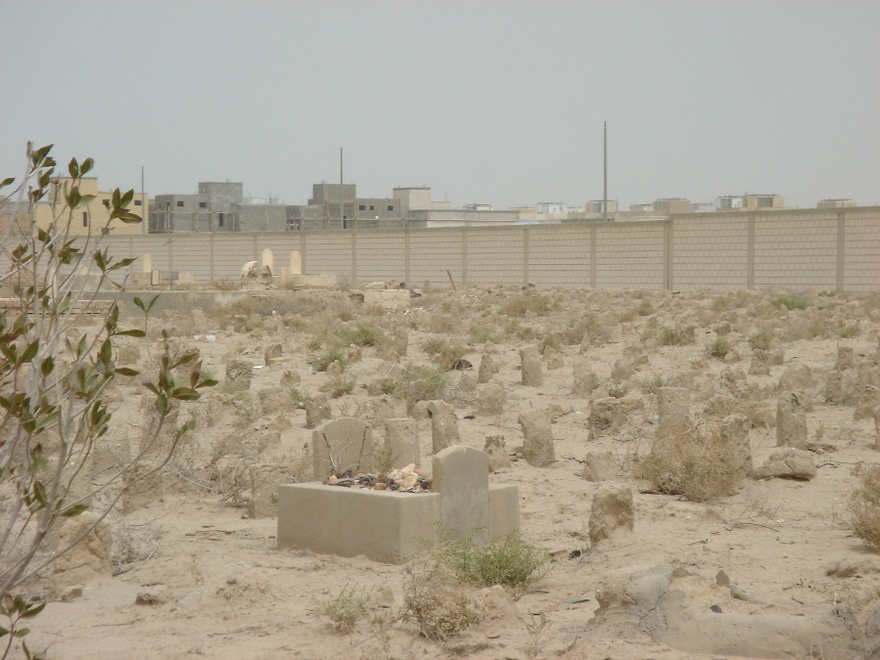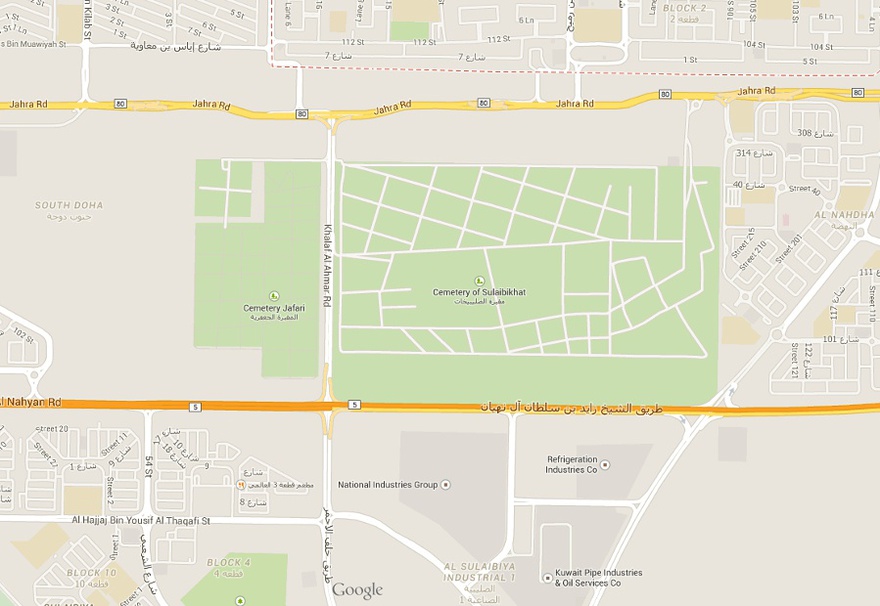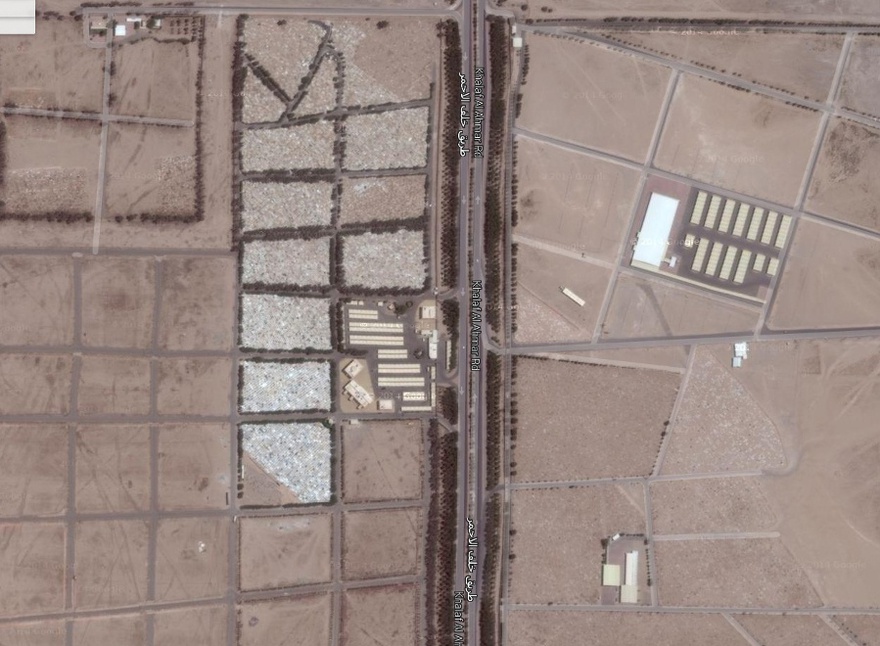Art And Culture
June 11, 2018 17:27
Documentary on Life of Japanese Qur’an Scholar
Izutsu’s fervor with the Qur’an led him to render the Muslim holy book’s first direct Japanese translation in 1958; his translation is still renowned for its linguistic accuracy and is widely used for scholarly works

Documentary on Life of Japanese Qur’an Scholar
.....
A documentary directed and produced by Masoud Taheri on the life of the Japanese Islamologist and Qur’an scholar Toshihiko Izutsu is ready for screening.
Taheri’s film “The Eastern” features more than 60 prominent figures from different countries, including Japanese scholar Akiro Matsumoto, Islamic scholar Seyyed Hossein Nasr, Persian literature scholar Mehdi Mohaqeq, librarian and educator Noushafarin Ansari, Izutsu’s students Gholamreza Avani and Nasrollah Pour-Javadi, Japanologist Hashem Rajabzadeh as well as the recently deceased Iranian philosopher and cultural theorist Dariush Shayegan, speaking about Izutsu’s life, works and thoughts.
According to an email sent to the Financial Tribune by the film director, the documentary has been shot in 13 countries, including Japan, France, Italy, US, Turkey, Canada, Syria and Spain. The film was shot by Amir Mehrvarzan and Masoud Masjedi-Arani was director of photography. The score is composed by Mohammad Haqgou. The documentary is set for special screenings in Canada, Japan and Iran.
Toshihiko Izutsu (1914-1993) was born into a wealthy Tokian family. He got a PhD in English literature and taught at Keio University in Japan. Izutsu mastered over 10 languages including Arabic, Persian, Sanskrit, Pali, Chinese, Japanese, Russian and Greek.
He authored many books on Islam and other religions, among which are Ethico-Religious Concepts in the Qur’an; Concept of Belief in Islamic Theology; God and Man in the Qur’an; Sufism and Taoism: A Comparative Study of Key Philosophical Concepts; Creation and the Timeless Order of Things: Essays in Islamic Mystical Philosophy.
His fervor with the Qur’an led him to render the Muslim holy book’s first direct Japanese translation in 1958, while the first “indirect translation” was completed a decade earlier by Okawa Shumei. His translation is still renowned for its linguistic accuracy and is widely used for scholarly works.
With extensive knowledge of different religions, the scholar travelled to and lectured in different parts of the world including the Iranian Institute of Philosophy in Tehran, and McGill University in Montreal, Canada, where he taught philosophy and Islamic philosophy.




